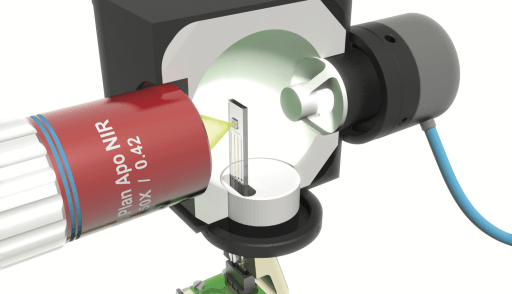That’s how nano solar cells work!
October 10, 2016
on
on

Researchers from the AMOLF institute and Eindhoven University of Technology have developed a theory and an experimental method that for the first time provide a detailed description of how a nanoscale solar cell works. Previously this was difficult due to the extremely small dimensions of these solar cells. This new method brings the practical use of nanotechnology for sustainable energy supply a step closer.
Up to now little has been known about the working mechanism of solar cells based on nanotechnology. These cells follow different rules than ordinary solar cells, and their extremely small dimensions make them difficult to investigate because standard test equipment is not suitable. One thing investigators want to know is how much current a solar cell generates when it is illuminated by red or blue light. Previous measurements on nano solar cells showed that they generated much more current than was possible according to existing theories about solar cells.
We normally think of light as acting like a beam of particles, but at nano scale it acts like a wave. As a consequence, nano solar cells absorb much more light than would be expected based on their size. That explains why a nano solar cell produces a lot more current than you would expect. The researchers have now formulated a theory that combines the wave nature of light with existing theories about how solar cells work. Then they performed an experimental test of this theory using a solar cell consisting of a single nanowire.
Up to now little has been known about the working mechanism of solar cells based on nanotechnology. These cells follow different rules than ordinary solar cells, and their extremely small dimensions make them difficult to investigate because standard test equipment is not suitable. One thing investigators want to know is how much current a solar cell generates when it is illuminated by red or blue light. Previous measurements on nano solar cells showed that they generated much more current than was possible according to existing theories about solar cells.
We normally think of light as acting like a beam of particles, but at nano scale it acts like a wave. As a consequence, nano solar cells absorb much more light than would be expected based on their size. That explains why a nano solar cell produces a lot more current than you would expect. The researchers have now formulated a theory that combines the wave nature of light with existing theories about how solar cells work. Then they performed an experimental test of this theory using a solar cell consisting of a single nanowire.
Read full article
Hide full article


Discussion (1 comment)